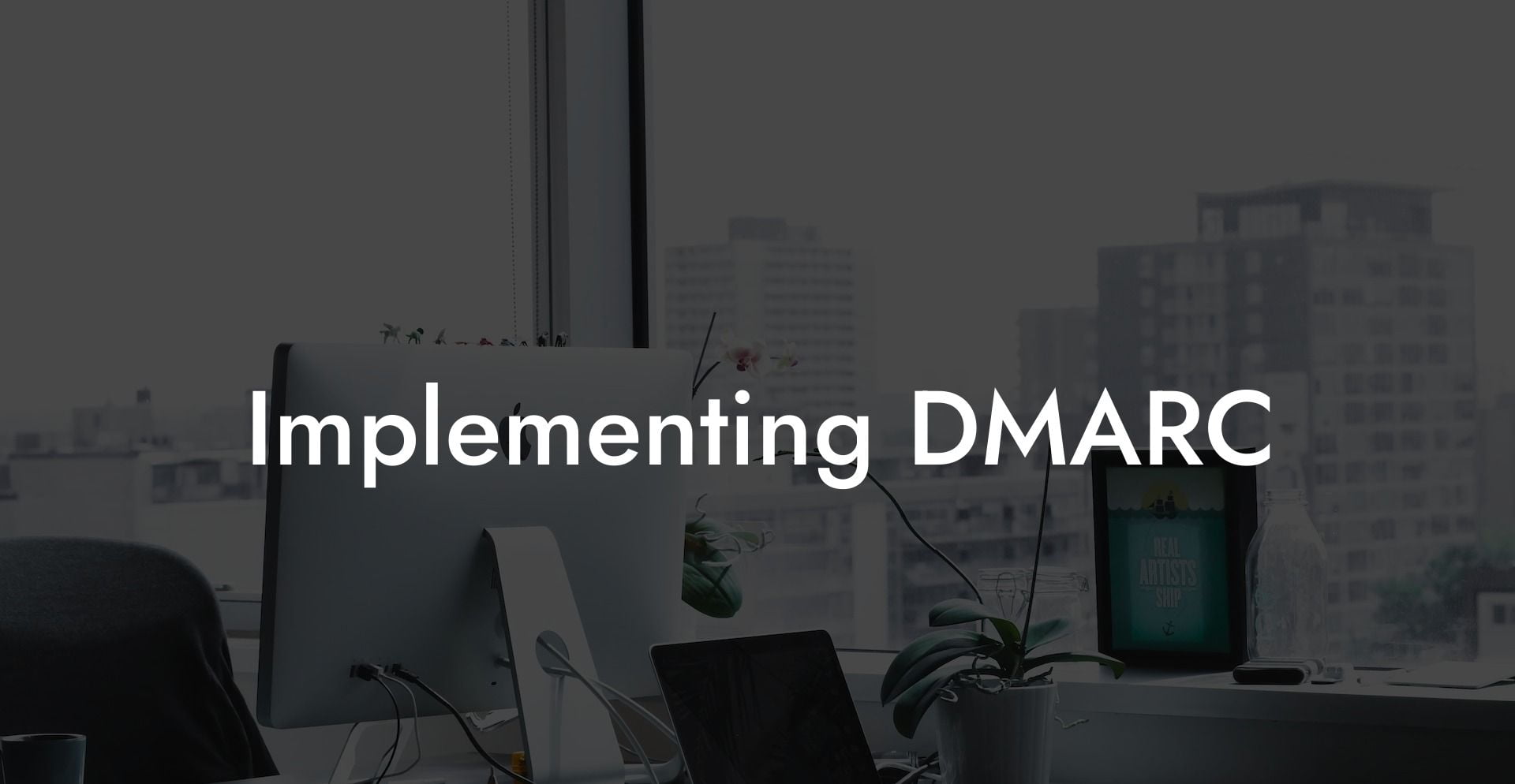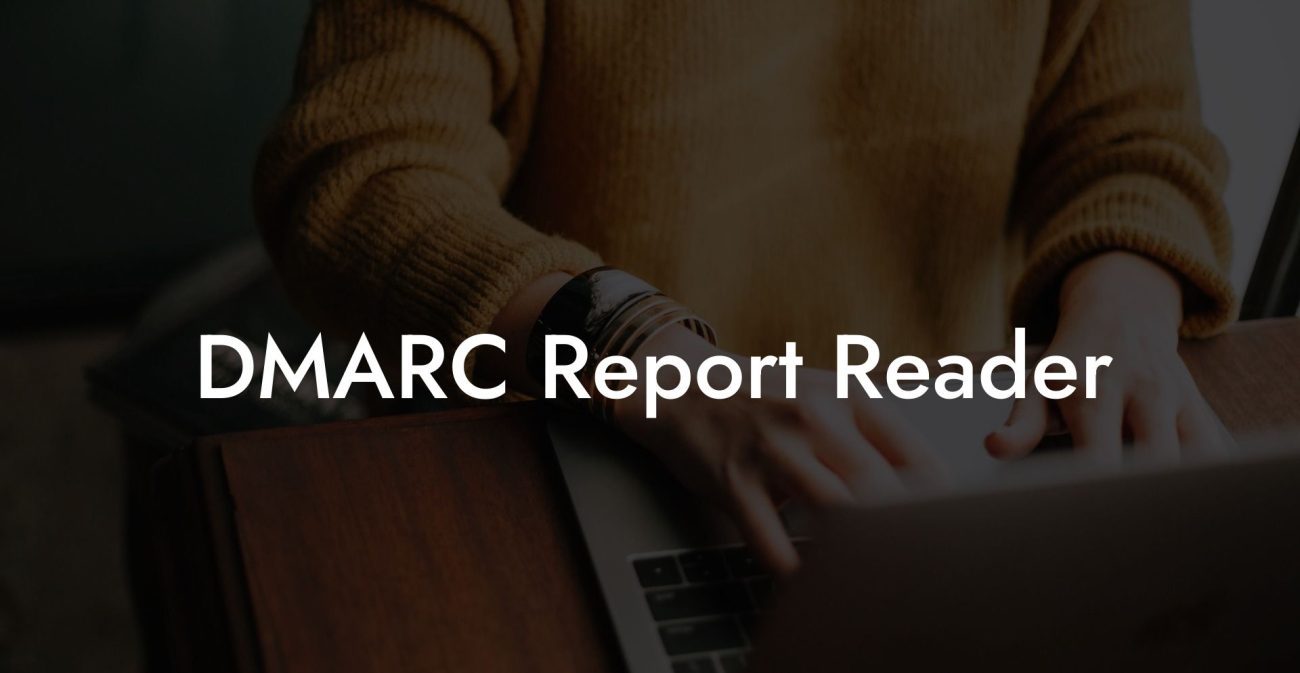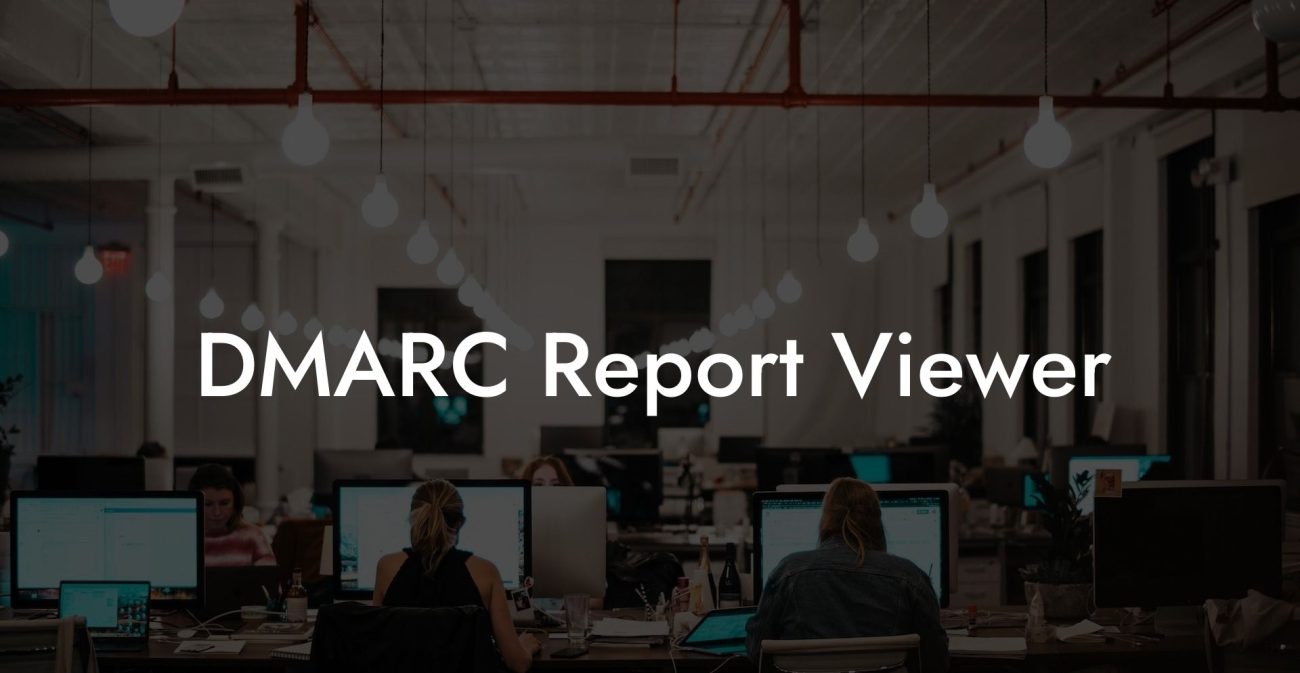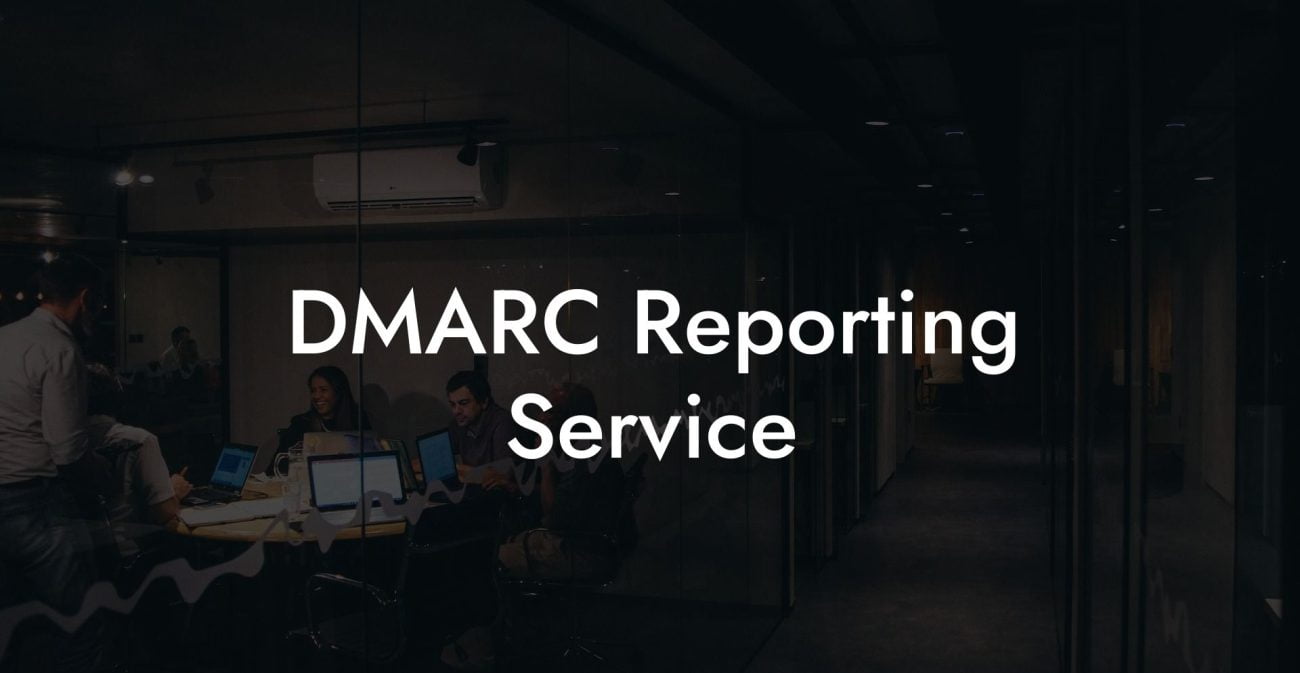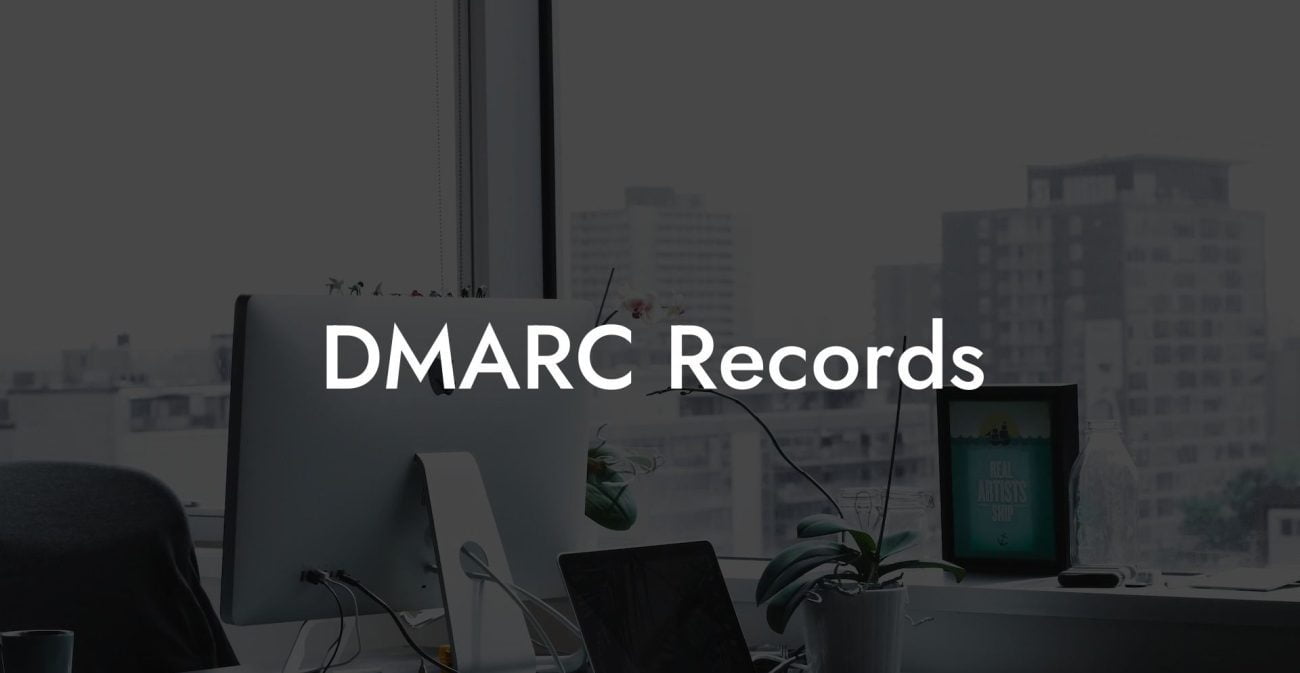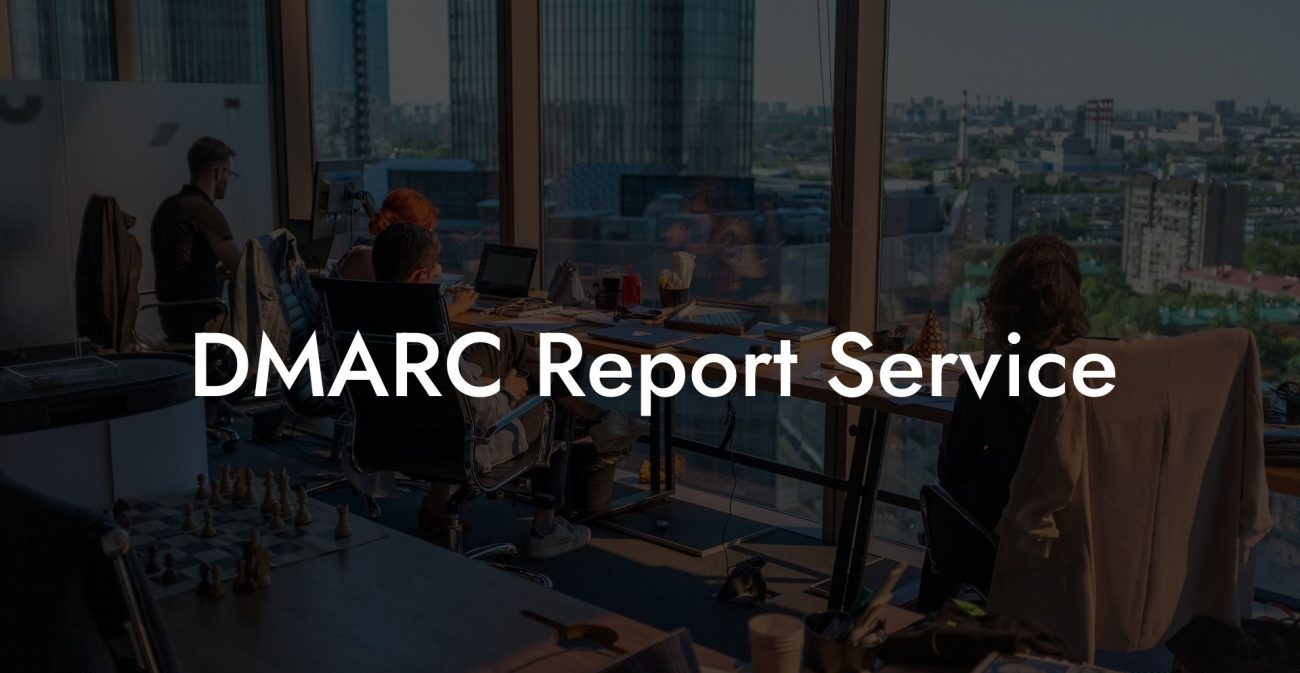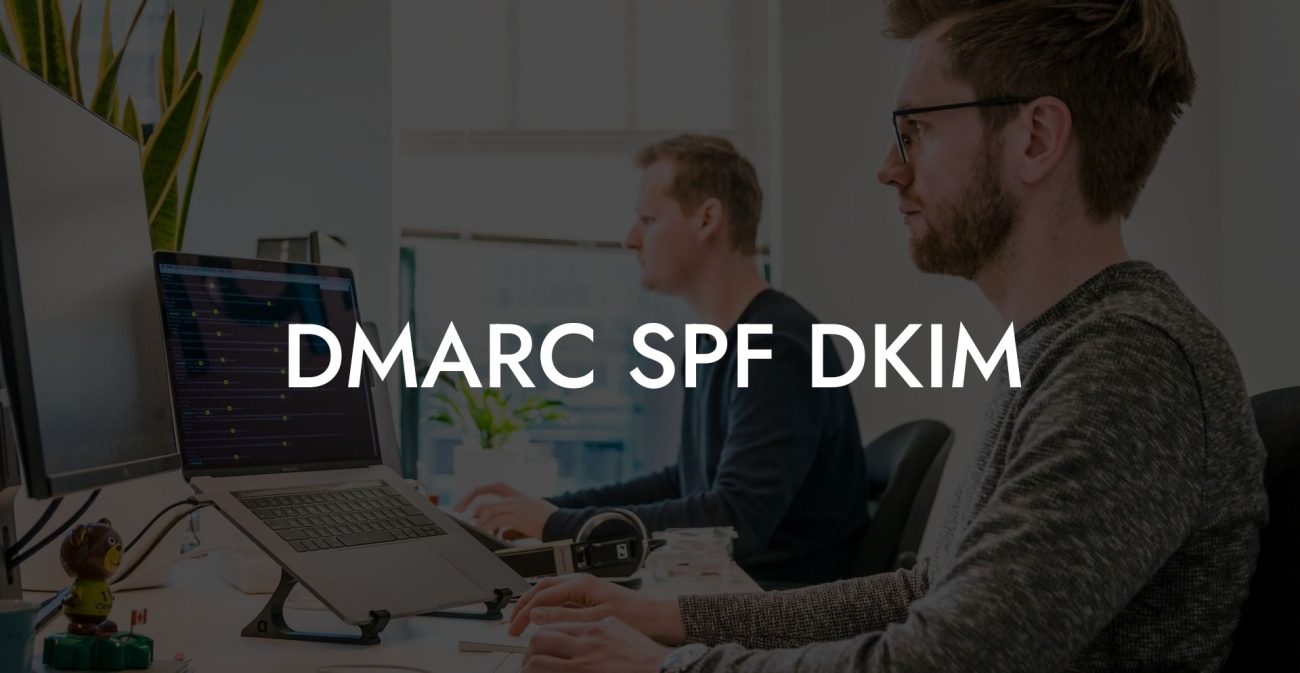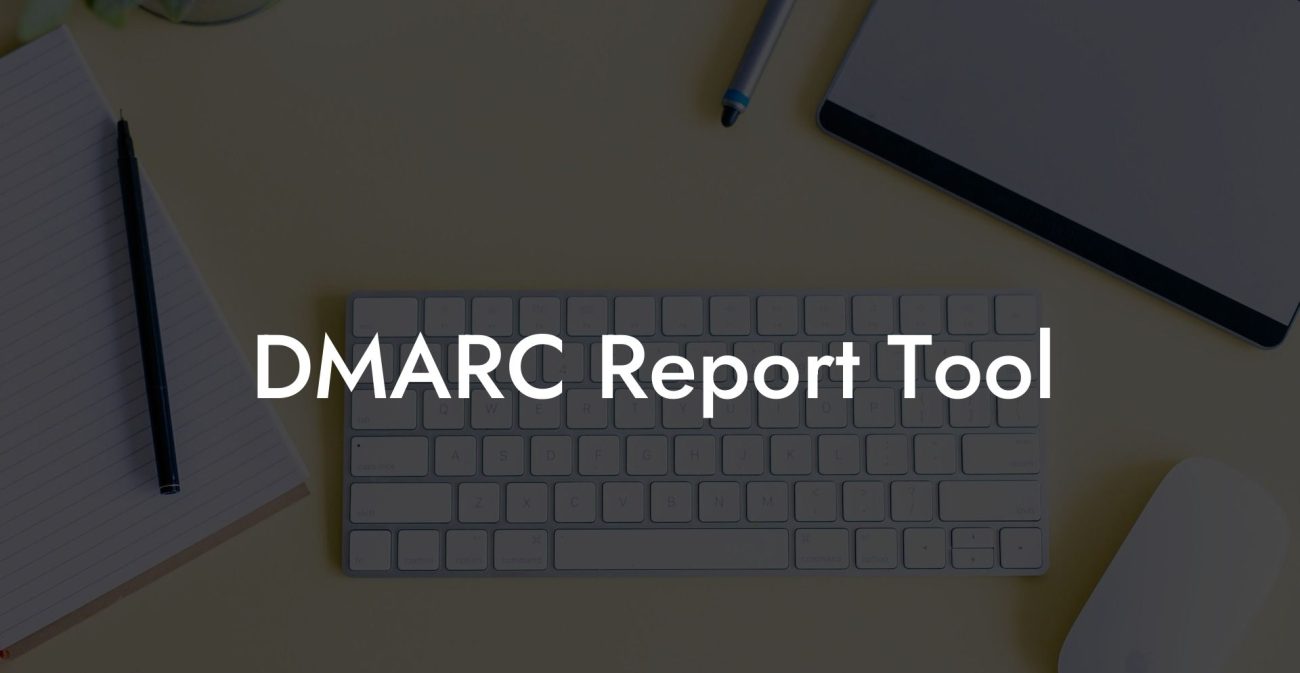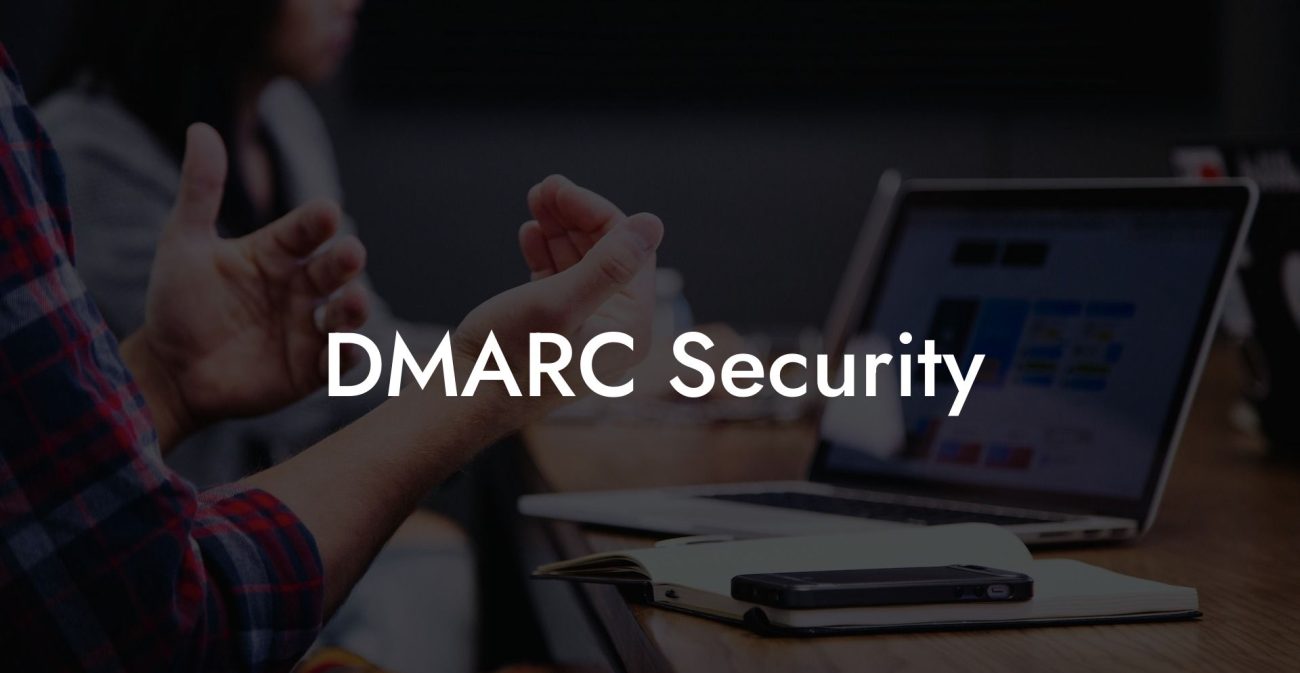In the ever-evolving world of cybersecurity, businesses and professionals are continually seeking ways to bolster their email security and protect themselves from cyber threats. One such solution to this ongoing challenge is the implementation of Domain-based Message Authentication, Reporting, and Conformance (DMARC). In this comprehensive guide, we'll explore what DMARC is, the crucial role it plays in safeguarding your email system, and the step-by-step process you can take to implement it in your organization.
What is DMARC?
DMARC is an email security protocol that leverages two other existing technologies, namely Sender Policy Framework (SPF) and DomainKeys Identified Mail (DKIM), to help prevent email spoofing, phishing attacks, and ensure the integrity of the sender's email domain. It enables domain owners to authorize legitimate sources of their email, and also informs them of any emails claiming to be from their domain that fail authentication checks. Moreover, it provides a centralized reporting system for domain owners to monitor their email traffic and take appropriate action.
Benefits of DMARC Implementation
- Reduced risk of email spoofing and phishing attacks
- Enhanced sender reputation and trust with recipients and ISPs
- Improved email deliverability
- Centralized monitoring and reporting on email authentication
- Increased enforcement of email security policies
Steps to Implement DMARC
Step 1: Set up SPF and DKIM records
Protect Your Data Today With a Secure Password Manager. Our Top Password Managers:
As DMARC relies on SPF and DKIM for authentication, the first step is to have both SPF and DKIM records created and published correctly in your domain's DNS settings. SPF records indicate which mail servers are authorized to send email on behalf of your domain, while DKIM attaches a cryptographic signature to the email, validating its origin and ensuring its integrity.
Step 2: Create your DMARC record
A DMARC record is a TXT record published within your domain's DNS settings, following a specific format. The record typically includes:
- Version: The DMARC version, usually represented as "v=DMARC1"
- Policy: Indicates the action to be taken if an email fails DMARC checks (none, quarantine, or reject)
- Subdomain policy: Specifies action for non-compliant emails from subdomains (optional)
- Percentage: Indicates the percentage of emails to be subjected to DMARC checks (optional)
- Reporting: Specifies the email addresses to receive XML reports based on the DMARC authentication results
- Aggregate and failure reporting options: Sets reporting preferences (optional)
Step 3: Publish the record in your DNS settings
After creating the DMARC record, you need to publish it in your domain's DNS settings as a TXT record. You can verify the record's accuracy and correctness using various DMARC record checkers available online.
Step 4: Monitor and analyze reports
Once the DMARC record is in place, you will start receiving XML reports based on your reporting preferences. Analyzing these reports helps you identify unauthorized email sources, improve your email security, and adjust your DMARC policies, as needed.
Step 5: Adjust your DMARC policy and enforcement level
Based on your analysis of the DMARC reports, you can move to a stricter enforcement policy or fine-tune your SPF and DKIM settings to ensure maximum protection for your email domain.
Implementing DMARC Example:
Imagine your organization, "example.com," wants to implement DMARC. Here's a step-by-step process for implementing DMARC for "example.com":
1. Set up SPF and DKIM records for "example.com."
2. Create a DMARC record with the following details: "v=DMARC1; p=none; rua=mailto:reports@example.com"
3. Publish the DMARC record as a TXT record in your domain's DNS settings under "_dmarc.example.com."
4. Monitor DMARC reports sent to "reports@example.com" and analyze authentication results.
5. After a thorough analysis of the reports, adjust your DMARC policy and enforcement level, if necessary.
Implementing DMARC is an essential step in safeguarding your email system from cyber threats and improving your organization's security posture. This guide provides you with the necessary information to implement DMARC confidently. Stay vigilant and up-to-date with our continually-evolving cybersecurity landscape with Voice Phishing's comprehensive guides and resources. Be sure to share this post with others and explore our other guides on voice phishing, email security, and general cybersecurity.
Protect Your Data Today With a Secure Password Manager. Our Top Password Managers:

